On the occasion of the 30th anniversary of Ha Long Bay becoming a World Natural Heritage (1994-2024), Nhan Dan Newspaper reporters interviewed Mr. Jonathan Baker, Chief Representative of UNESCO in Vietnam. He gave his assessment of the achievements in heritage conservation as well as made recommendations for Vietnam in building a sustainable heritage conservation strategy.

Mr. Jonathan Baker, UNESCO Representative in Vietnam


Reporter: After 30 years of being recognized as a World Natural Heritage (1994-2024), Ha Long Bay has been effectively managed, protected and exploited, becoming an invaluable resource of Vietnam in general and Quang Ninh province in particular. How do you evaluate Quang Ninh's efforts in preserving Ha Long Bay?
Mr. Jonathan Baker: Over the past 30 years, Quang Ninh Province has demonstrated a remarkable commitment to the conservation of the Outstanding Universal Values (OUV) of Ha Long Bay. Through comprehensive management strategies and the integration of heritage conservation into development policies, the province has elevated Ha Long Bay to become a globally recognized symbol of Vietnam’s natural and cultural identity.
Collaboration with UNESCO and international experts has been pivotal in implementing integrated management approaches in line with global conservation standards. These efforts have not only protected the site but also positioned it as a platform for sustainable economic growth, with tourism playing a key role.
Cooperation between provincial authorities and local communities, as well as adherence to UNESCO guidelines, also set the standard for other regions.
Reporter: What is the role and importance of Ha Long Bay in the current world natural heritage system?
Mr. Jonathan Baker : Ha Long Bay is an iconic site in the World Natural Heritage Network, demonstrating the interaction between geological processes and unique biodiversity.
The site is a symbol of outstanding natural beauty and geological significance, with thousands of limestone mountains and islets formed over millions of years. It is also home to a diverse ecosystem, including unique marine species, contributing to the conservation of global biodiversity.

This relic site not only has natural value but is also closely associated with the cultural heritage of the local community, demonstrating the harmonious relationship between humans and nature.
It has inspired conservation models around the world, especially in Southeast Asia.
The designation as a World Heritage Site highlights the important role of international cooperation in preserving natural wonders, promoting cross-border conservation initiatives and raising awareness of heritage conservation globally.
Reporter: Quang Ninh has developed a new master plan for long-term management and conservation of Ha Long Bay, with adjustments made each year, to avoid destroying mountains and reclaiming the sea. In particular, Quang Ninh province has ensured social security goals while still preserving the cultural values of fishing villages to serve professional community tours, with the participation of the community in heritage conservation. How does UNESCO evaluate the conservation of Ha Long Bay heritage in Vietnam? Compared to the protection of world natural heritages in other countries, what bright spots do you see in Vietnam?
Mr. Jonathan Baker: UNESCO considers Vietnam’s dedication to Ha Long Bay an exemplary example of protecting the world’s natural heritage. The integration of annual adjustments into the master plan reflects your dynamic approach, prioritizing conservation while promoting sustainable development.
Local communities are at the heart of Vietnam’s conservation efforts. By integrating cultural heritage into tourism activities, the Ha Long Bay Management Board not only preserves traditional practices but also fosters a sense of shared responsibility for protecting the area. Social welfare measures and the preservation of fishing villages highlight Vietnam’s focus on balancing cultural values with community well-being.

UNESCO considers Vietnam's dedication to Ha Long Bay an exemplary example in the protection of world natural heritage.
The promotion of ecotourism has become a driving force for economic growth, stimulating sustainable development while ensuring the protection of biodiversity and ecosystem health. These efforts emphasize the harmonious relationship between conservation and socio-economic progress.
Compared to other countries, Vietnam stands out for its innovative stakeholder engagement and prioritizing conservation to ensure long-term sustainability.



Limiting mass tourism and focusing on sustainable tourism activities must be a top priority for Ha Long Bay and other world heritage sites.


Reporter: To exploit and promote the value of heritage, Vietnam in general and Quang Ninh province in particular have many tourism promotion programs, developing many new tourism products to attract domestic and foreign tourists. In your opinion, has the way of preserving and promoting the heritage of Ha Long Bay followed UNESCO's criteria?
Mr. Jonathan Baker: Vietnam and Quang Ninh province have made significant progress in unifying the conservation and promotion of heritage based on UNESCO criteria.
Their willingness to address the challenges posed by rapid urbanization and tourism development demonstrates their commitment to maintaining the authenticity and integrity of the heritage site.
UNESCO's criteria emphasize the need for integrated management and stakeholder engagement to ensure that a sustainable approach is reflected throughout the tourism value chain to protect the cultural and natural values of the heritage site.
Local communities play an active role in tourism activities, promoting cultural heritage and gaining economic benefits.
However, continuous monitoring and adjustment are necessary to ensure that tourism activities do not damage the outstanding universal value of Ha Long Bay.
Reporter: In order to manage Ha Long Bay well, in addition to human resources, the role of the people is very important. How do you evaluate the role of the community, the subject being the indigenous people, in preserving and promoting the value of the heritage?
Mr. Jonathan Baker: Communities, especially indigenous people, play a vital role in the conservation of Ha Long Bay. Their deep knowledge of the ecosystem, traditions and local sustainable practices are invaluable for effective heritage management.
Community-based tourism initiatives that actively involve indigenous people in guiding and introducing cultural activities have protected traditional livelihoods and enriched the visitor experience, fostering a deeper connection between tourists and heritage sites.
Reporter: In your opinion, should limiting mass tourism and focusing more on environmental protection tourism activities be a direction for Ha Long Bay in particular and world natural heritages in general to exploit the heritage in a harmonious and sustainable way?
Mr. Jonathan Baker : Limiting mass tourism and focusing on sustainable tourism activities must be the top priority for Ha Long Bay and other world heritage sites.
By prioritizing quality over quantity, Vietnam can protect the bay's natural landscape and biodiversity while creating unique, enriching experiences for visitors.
You need to strengthen the management of Ha Long Bay with additional resources to improve monitoring and conservation.
Tourists must take responsibility for protecting and preserving heritage, which can be achieved through targeted communication and education about responsible tourism.
The application of sustainable approaches and clear solutions makes Ha Long Bay a model for other localities nationwide.
Policies such as restricting access to sensitive areas, ecotourism certification for operators and encouraging low-impact tourism will ensure the long-term sustainability of the area.





Reporter: The major challenges to cultural and heritage conservation are the increase in tourists, environmental degradation, and protection of natural landscapes. In the coming time, Quang Ninh will promote many projects to help tourists have more ways to explore the amazing nature of Ha Long Bay. In the face of these challenges, what do you think we need to do to improve conservation work?
Mr. Jonathan Baker: To enhance sustainable tourism in Ha Long Bay, the following measures could be considered: Develop stricter visitor management policies, including limiting the capacity of tourists and boats.
Promote environmentally friendly tourism activities, eliminate single-use plastics and promote green energy in transportation.
You need to strengthen the legal framework for businesses operating in the bay to ensure compliance with conservation goals.
Develop culturally and creatively based tourism experiences that reflect the values of the heritage site, promoting a deeper connection between visitors and the heritage site.
In addition, you need to continue investing in heritage education campaigns to raise awareness among tourists and local stakeholders of the importance of protecting the site's outstanding universal values.
Ensure effective governance structures for overall management of the area, ensuring effective coordination among stakeholders.
Strengthen international cooperation to share best practices and support sustainable projects.

Fish farming rafts in Cua Van fishing village.
Reporter: Could you please make some suggestions and recommendations to effectively preserve and promote the value of the heritage system of Ha Long Bay - Cat Ba archipelago?
Mr. Jonathan Baker : UNESCO recommends that you establish a unified management framework for Ha Long Bay and Cat Ba Archipelago to ensure that conservation efforts are coherent.
Regarding scientific research, it is necessary to invest in biodiversity research to orient conservation strategies and promote the ecological values of the area on a regular basis.
At the same time, promote sustainable tourism through detailed management plans integrating conservation and development, ensuring a balance between economic benefits and environmental conservation.
You need to develop strong visitor management strategies and develop tourism products and services that provide rich visitor experiences based on the values of the heritage site.
Empower local communities with training in ecotourism, traditional crafts and hospitality to enhance cultural preservation and economic participation.
You need policies to encourage green tourism development through environmentally friendly infrastructure and strict environmental regulations for operators.
Expand community training programs to increase local participation in conservation and sustainable tourism efforts.
Regarding awareness campaigns, you need to develop educational initiatives to highlight the ecological and cultural importance of the bay, targeting both local and international audiences.
In addition, you need to leverage collaboration with global conservation organizations to gain funding and technical expertise; regularly update management strategies based on scientific findings and stakeholder input to address emerging challenges and ensure long-term conservation.
Source: https://nhandan.vn/special/Unesco-di-san-Vinh-HL/index.html



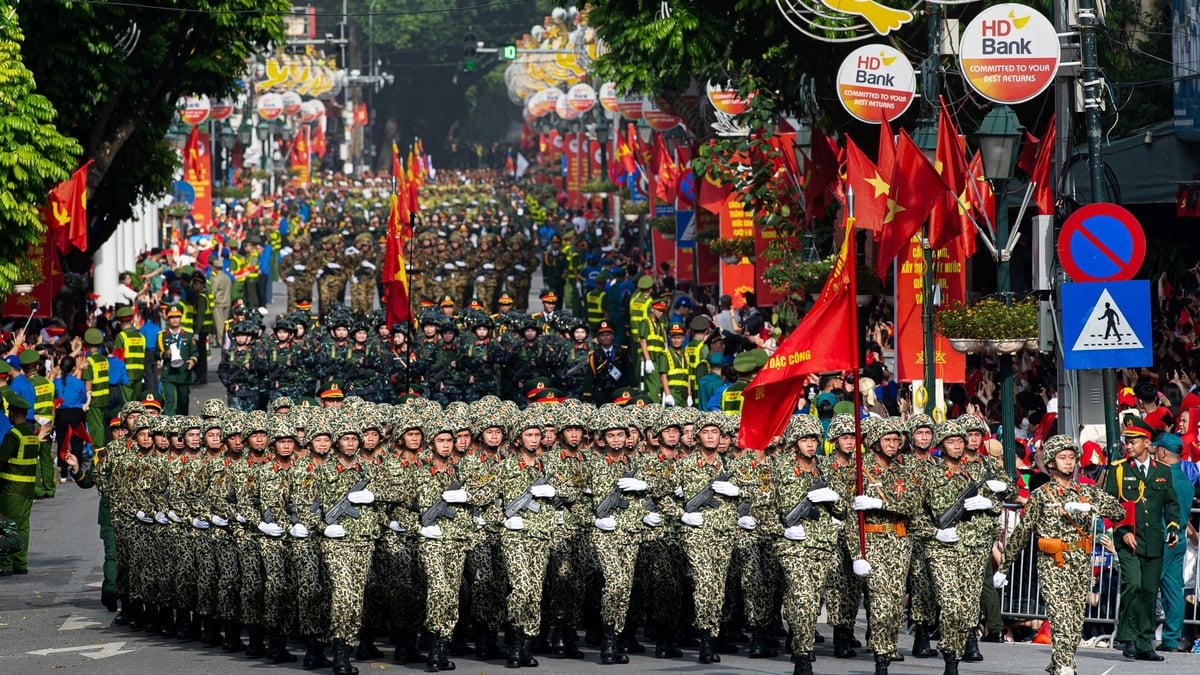




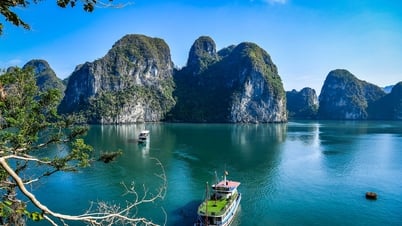


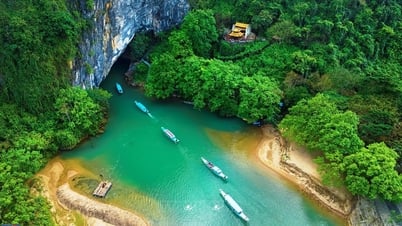

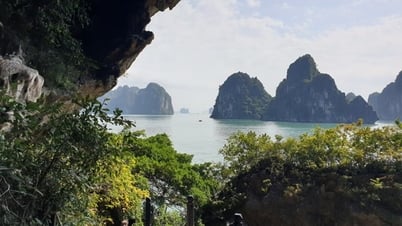



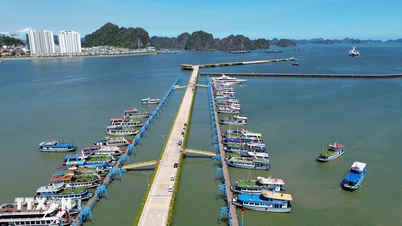
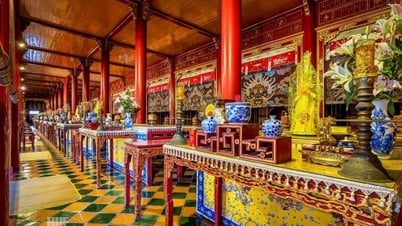

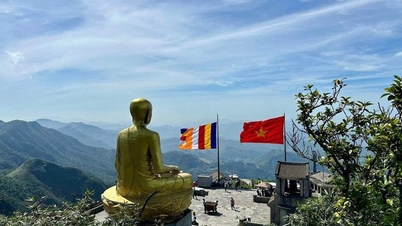
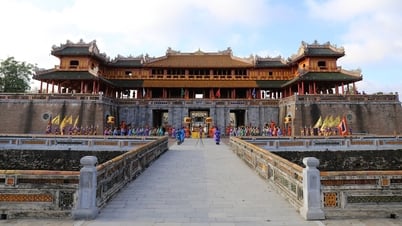

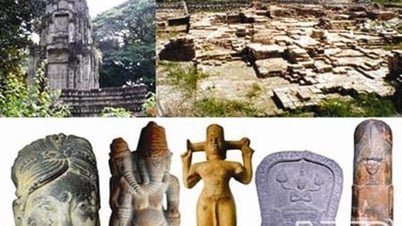

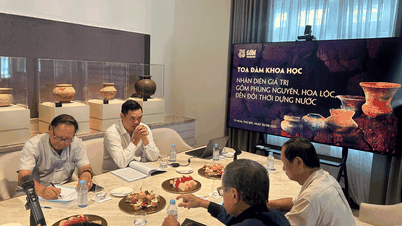

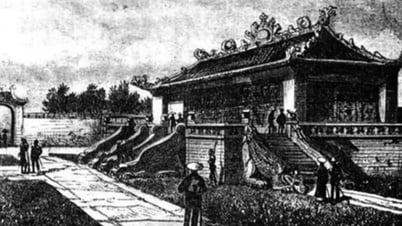
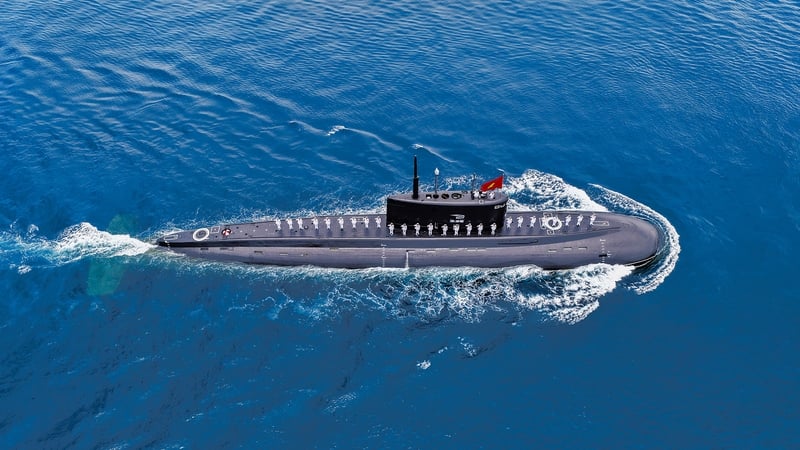


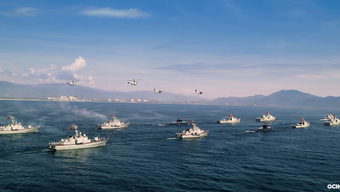
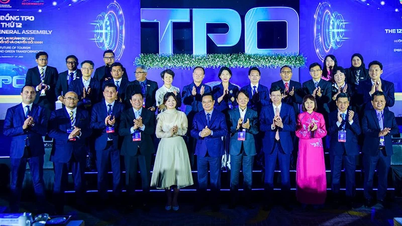







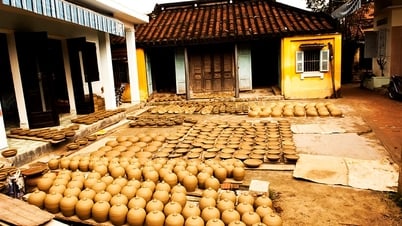

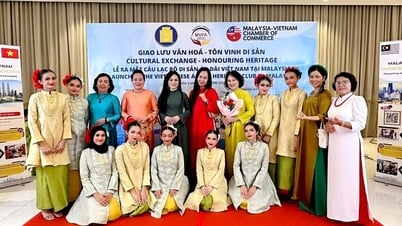




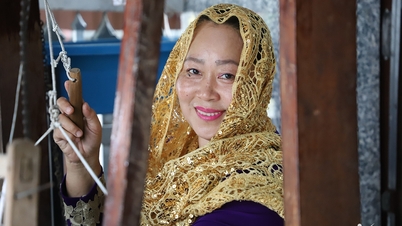






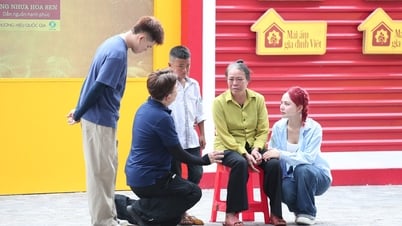




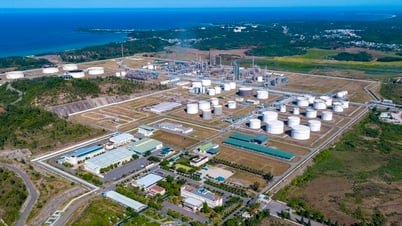
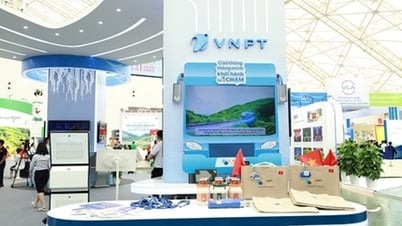



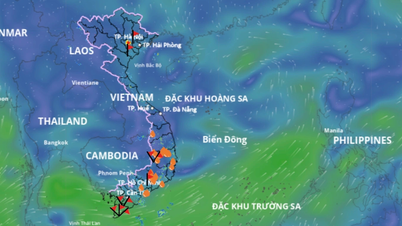
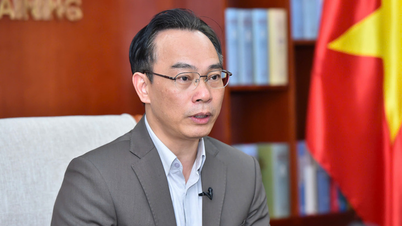

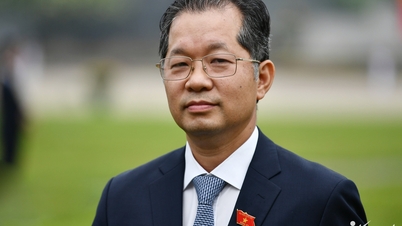



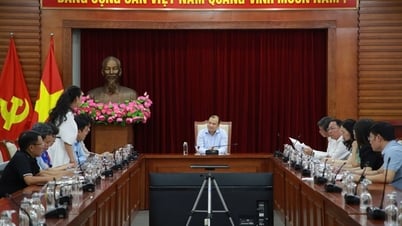
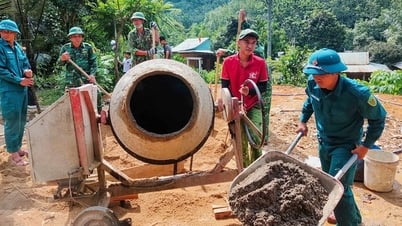
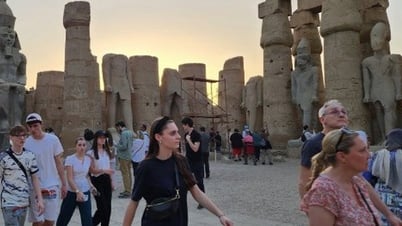
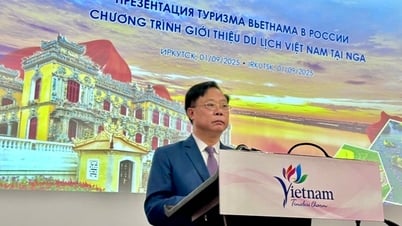

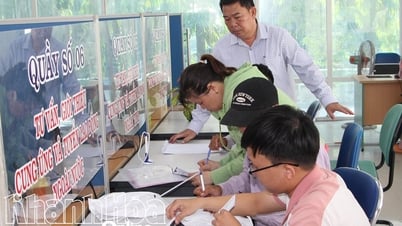

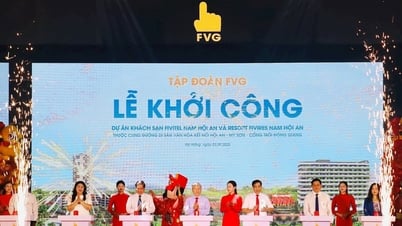


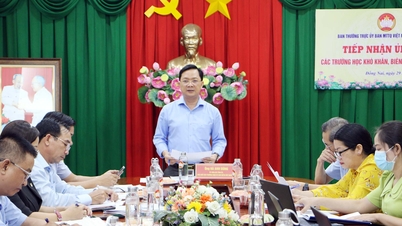






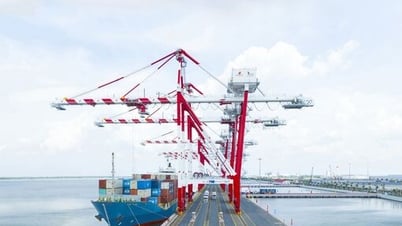

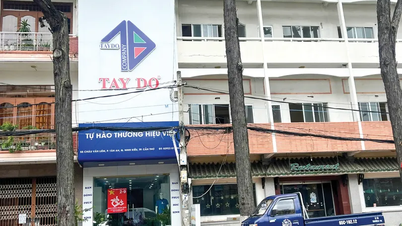

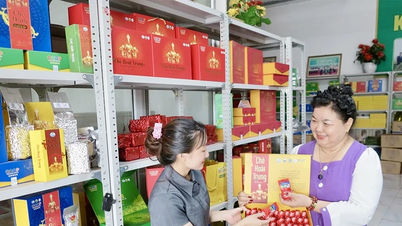

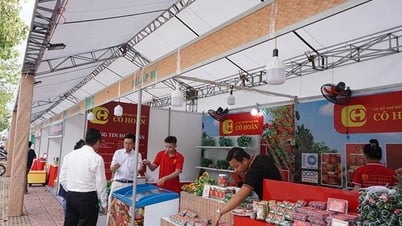





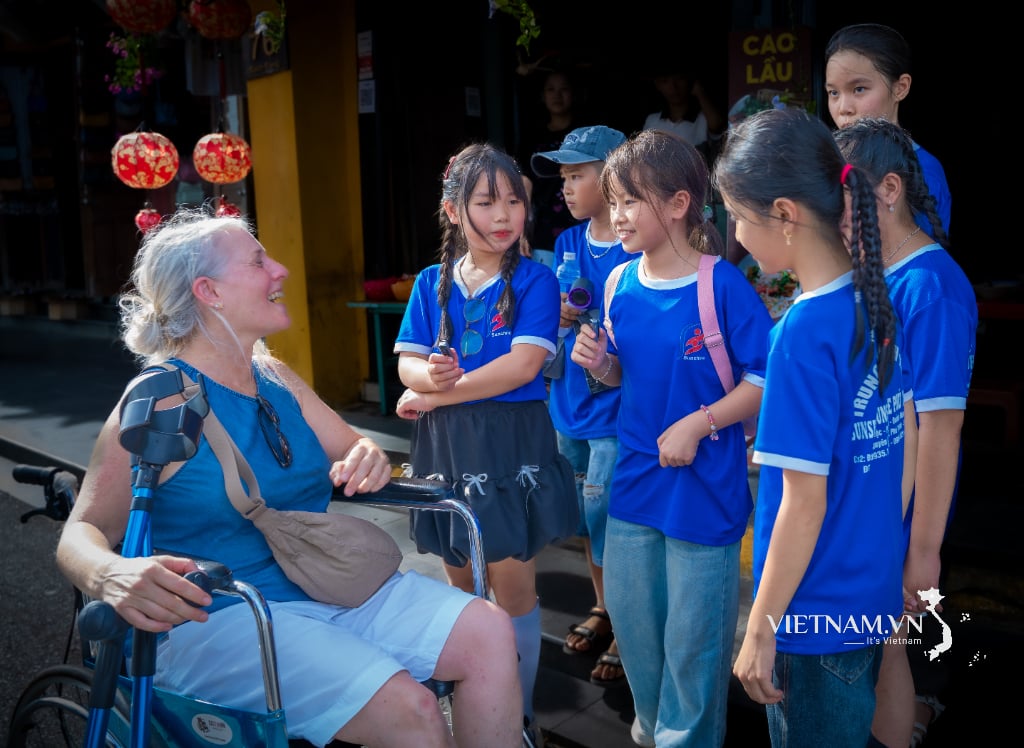

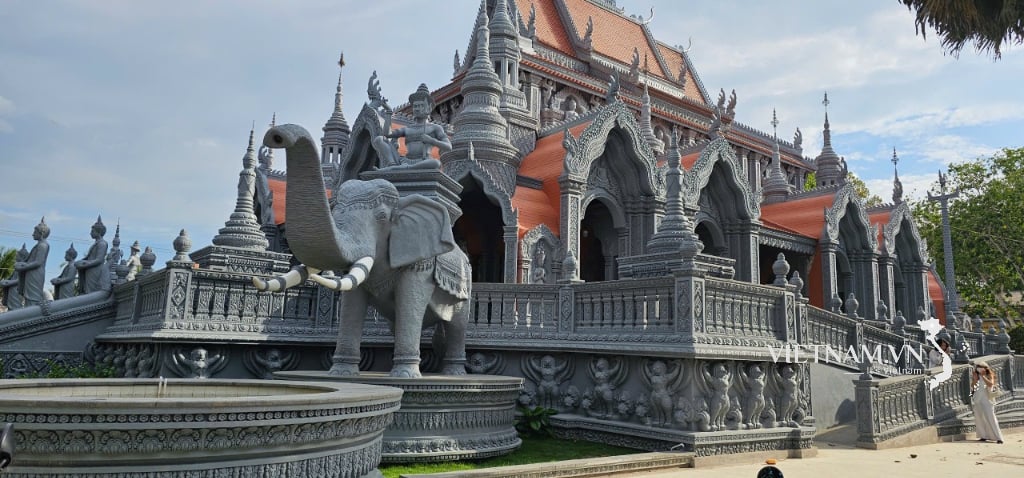
Comment (0)